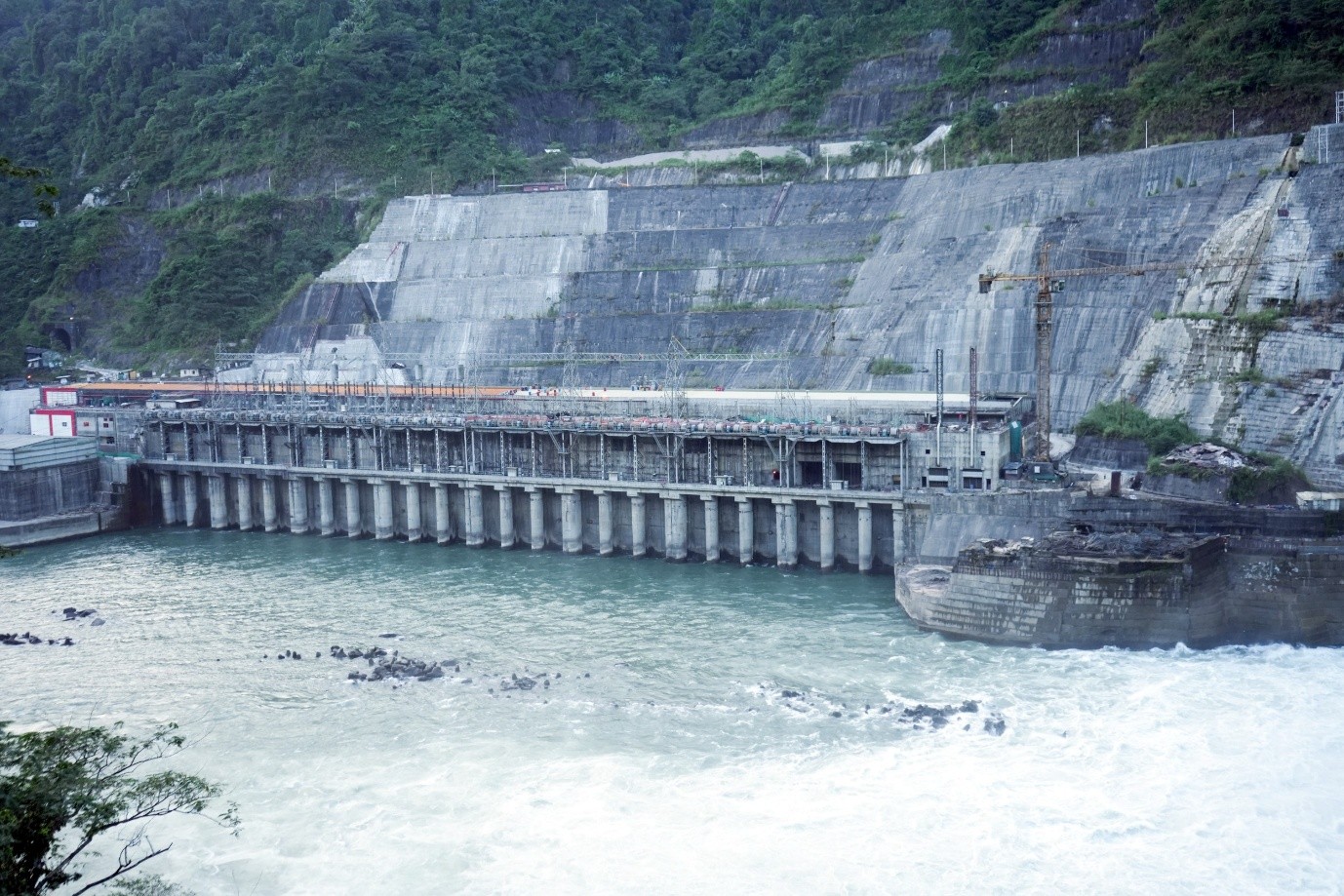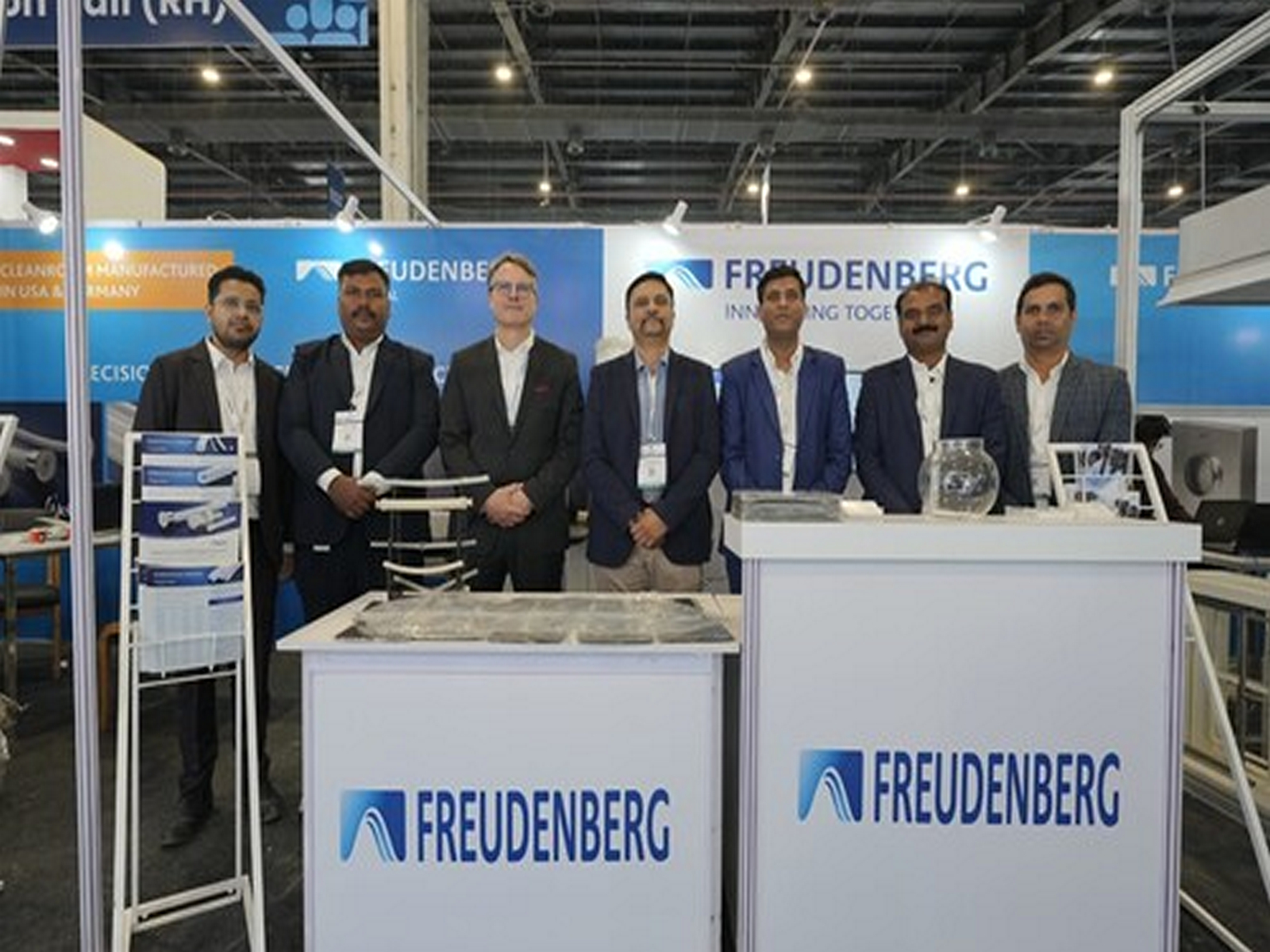
India's Hydropower Industry: A Decade of Progress -- and a Storage-Led Future
Nov 28, 2025
VMPL
New Delhi [India], November 28: Over the past ten years, India's hydropower sector has undergone a quiet resurgence. Once seen as slow, high-risk and environmentally constrained, it has evolved into a critical pillar of India's clean-energy architecture--providing flexible, peak-shaving and long-duration storage for a grid increasingly dominated by solar and wind. India now has ~50 GW of large hydro capacity, with long-delayed projects finally moving forward. FY2025-26 alone saw major breakthroughs in projects: Parbati-II (800 MW) achieved full commercial operation, while Lower Subansiri (2,000 MW)--India's largest hydropower project--entered wet commissioning after years of delay.
A Power System That Outgrew Old Assumptions
Between 2015 and 2025, India's hydro capacity increased modestly--from the mid-40 GW range to ~50 GW. But the system around it changed dramatically. By 2025, India's total utility-scale capacity touched ~500 GW, with 48-50% from non-fossil sources. Hydro's share remained 10-11%, but its strategic importance soared because it is dispatchable--providing peaking power, frequency stabilisation and seasonal firming in a solar- and wind-heavy grid.
A New Era of Safety and Climate Resilience
Greater awareness of Himalayan climate risks -- glacial lake outburst (GLOFs), extreme rainfall, landslides--has elevated safety and design standards. Early-warning systems (EWS), dam-safety upgrades and stricter design reviews are now embedded across high-altitude projects, improving trust and governance in hydropower development.
Decade-Defining Projects
Lower Subansiri (2,000 MW)
Straddling Assam and Arunachal Pradesh, Subansiri overcame an eight-year suspension (2011-2019) and saw rapid progress in the last few years. Spillway gates, steel liners and mechanical systems were completed; two 250 MW units entered wet commissioning in October-November 2025. Full commissioning is targeted for 2026, supplying peaking power to 17 states.
Parbati-II (800 MW)
In Himachal Pradesh, Parbati-II achieved full commercial operation, delivering India's longest head race tunnel (31.6 km) and world-record inclined pressure shafts built with Tunnel Boring Machines (TBMs) -- demonstrating India's tunnelling and underground engineering capabilities.
Pakal Dul, Teesta VI and the Chenab Cascade
* Pakal Dul (1,000 MW): Complex Himalayan geology tackled with dual long Head Race Tunnels (HRTs) and multiple TBMs; L&T commissioned its second TBM in April 2024. Completion expected post-2027.
* Teesta VI (500 MW): Revival continued through June 2025, reaching 11,000 m of HRT excavation and 6,000 m of lining.
* Chenab cascade: Kiru (624 MW) and Kwar (540 MW) being executed by Patel Engineering advanced steadily, forming a strategically important hydropower cluster.
Conventional Hydro's Second Wave
India is preparing for a fresh round of large hydro construction:
* J&K: Sawalkote (1,856 MW) and Kirthai (930 MW) set to begin construction; Kiru, Kwar and Pakal Dul heading toward commissioning.
* East: Teesta basin projects--including Teesta-IV and expansions of Teesta-V and VI--are being revived.
* Arunachal Pradesh: Mega projects such as Kamala (1,720 MW), Subansiri Upper (1,605 MW) and Dibang (2,880 MW) progressing through clearances; the state holds over 50 GW of untapped potential.
* Uttarakhand: New projects planned using existing reservoirs.
Together, these additions will deliver tens of gigawatts of firm, dispatchable power essential for balancing renewables.
The Pumped Storage Pivot: Hydro Becomes India's Storage Engine
While conventional hydro is rebounding, pumped-storage hydro (PSH) is emerging as the defining technology of the next decade--acting as massive, grid-scale "gravity batteries."
Policy Momentum
Hydro >=25 MW is now classified as renewable, with PSH supported by Inter-State Transmission Systems (ISTS) waivers, tariff reforms, viability support and fast-tracked Detailed Project Report (DPR) approvals. India has 224 GW of identified PSH potential and aims for ~50 GW by 2032. Annual capacity additions are projected to climb from ~3 GW (2025-27) to 10-13 GW/year post-FY2028-29.
A Pipeline of Unprecedented Scale
As of May 2025, 125 PSH projects (~151.7 GW) were in the environmental-clearance pipeline, though only ~13% had received Environmental Clearances (ECs) or begun construction--highlighting both ambition and execution pressure.
PSH in Action
On May 30, 2024, when India's peak demand hit 249.8 GW, hydro generation was strategically conserved for evening peaks--demonstrating how conventional hydro and PSH work together to stabilise a renewables-heavy grid.
Execution Capacity: A Critical Constraint
Larsen & Toubro (L&T)
Executing deep tunnelling at Pakal Dul with two TBMs; managing PSH civil EPC at JSW Bhavali (1.5 GW), including reservoirs, conductor systems and underground powerhouses.
Patel Engineering
A sector specialist executing NEEPCO's HEO (240 MW) civil package, NHPC Teesta V's spillway modification, and major components of Subansiri, Kiru, Kwar and the powerhouse package of 2,880 MW Dibang project.
With only a handful of capable contractors, both firms stand to benefit from upcoming PSH and high-head hydro expansion.
Managing Sector Risks
* Climate risks: GLOF modelling, EWS systems and dam-safety audits now standard for Himalayan sites.
* Permitting hurdles: Faster DPR approvals and improved downstream impact frameworks being implemented.
* Execution risks: Scaling TBMs, trained manpower, hydromechanical manufacturing and concrete capacities is essential to deliver 50 GW of PSH.
The Next Decade: Hydropower as India's Flexibility Backbone
Conventional hydro will continue adding critical peaking and multi-season firming capacity, with Subansiri (2026), the Chenab cascade and Teesta basin shaping regional grid stability. But the larger story is the rise of PSH--projected to add 10-13 GW annually post-2027 and reach ~50 GW by 2032.
For investors, three indicators will define the sector's trajectory:
1. Annual PSH capacity additions
2. On-time delivery of climate-resilient Himalayan projects
3. Evolution of markets that reward flexibility and capacity
Hydro Moves from Backup to Backbone
The past decade revived stalled projects, strengthened safety governance and repositioned hydropower--both conventional and pumped storage--as central to India's energy transition. The coming decade will elevate it further, with PSH emerging as India's long-duration storage backbone. With L&T, Patel Engineering and a small group of specialised contractors leading execution, hydropower is set to anchor the flexibility India needs to integrate vast volumes of solar and wind into a stable, future-ready grid.
(ADVERTORIAL DISCLAIMER: The above press release has been provided by VMPL. ANI will not be responsible in any way for the content of the same.)





